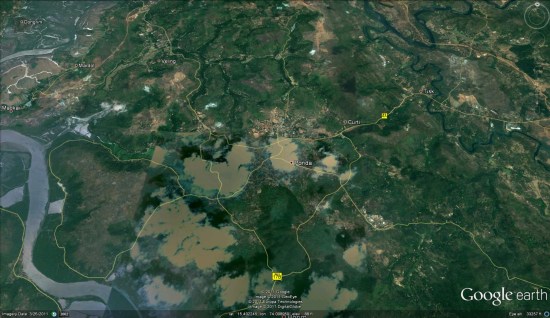Last year, Microsoft announced a strategic partnership with Nokia in Mapping. Our two companies have spent a lot of time working together, sharing information and investigating better ways provide relevant mapping information to help you find and get to where you’re going more quickly. Today, we’re excited to announce another important phase in that partnership with the launch of Nokia powered traffic results, which are rolling out today in 24 countries on Bing Maps.
The following countries will see improvements through Bing Maps as a result of our use of Nokia services:
· Austria
· Belgium
· Brazil
· Canada
· Finland
· France
· Germany
· Greece
· India
· Indonesia
· Ireland
· Italy
· Luxembourg
· Mexico
· Netherlands
· Poland
· Portugal
· Russia
· Saudi Arabia
· South Africa
· Spain
· Sweden
· Switzerland
· UAE
· United Kingdom
· US
New countries with Traffic
São Paulo, Brazil
Johannesburg, South Africa
Moscow, Russia
Mumbai, India
Improved Traffic
We’re also improving our existing traffic coverage in the US to include traffic information for side streets in addition to freeway traffic information. See below for enhanced coverage in Seattle.
Seattle, Washington
In addition to these traffic improvements, Bing Maps will also start to use Nokia’s geocoding services in a number of countries offering improved directions. This update, while not always visible to users, is another important milestone in our partnership to build the world’s best mapping platform using Nokia and Microsoft’s assets.
Thanks to our friends at Nokia for their dedication along the way. Together we have enabled a stronger Bing Maps experience and we hope Bing users in these respective countries reap the benefits of our partnership, notice an increase in address search relevance, and enjoy the addition of traffic information – especially those of you in the US who are adventurous enough to travel during the Memorial Day holiday!





